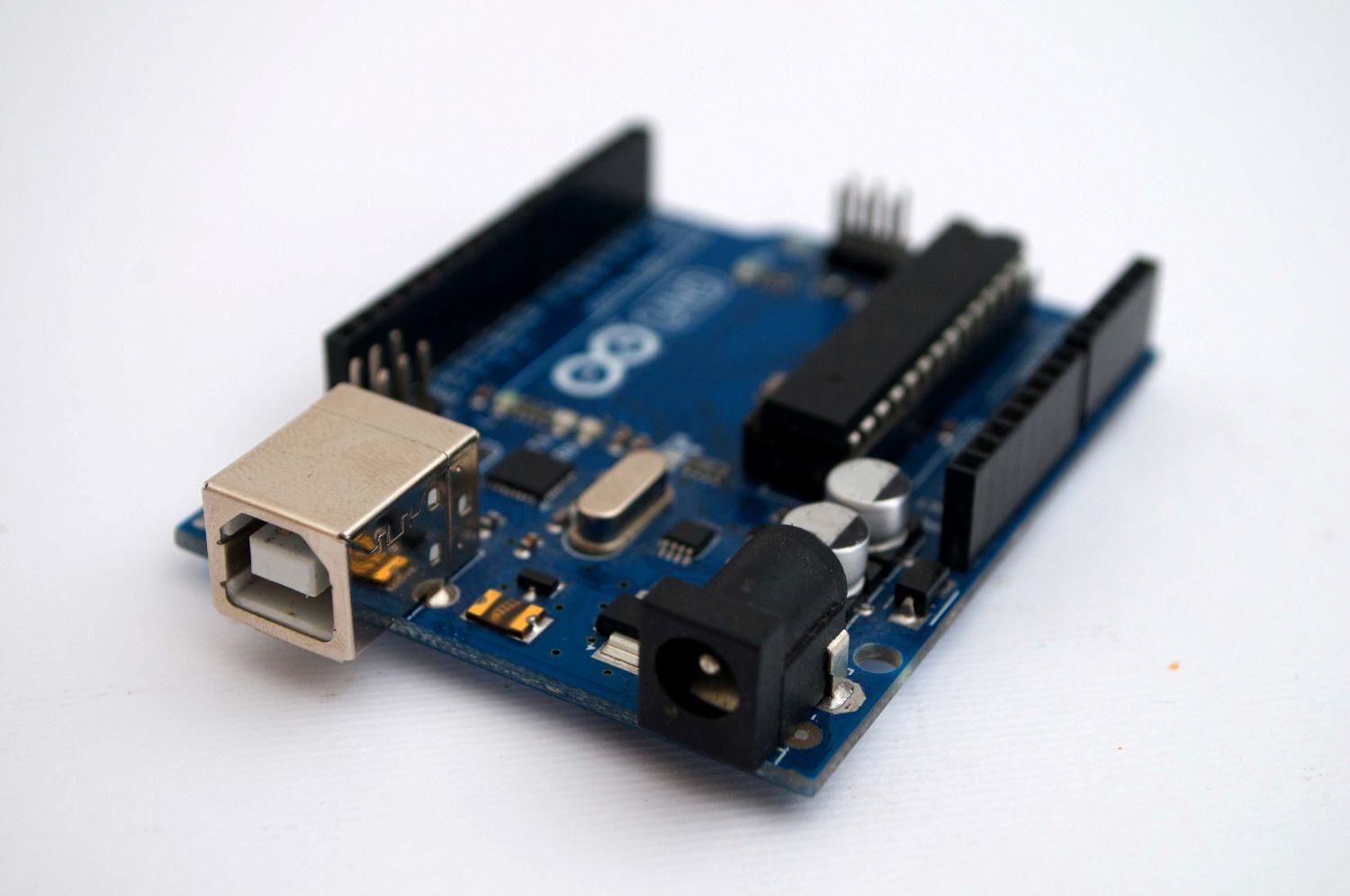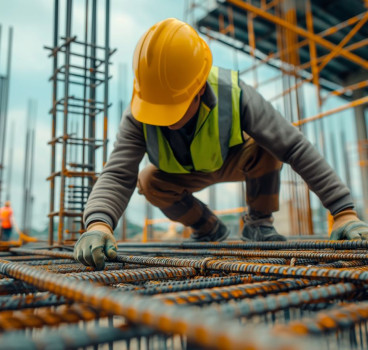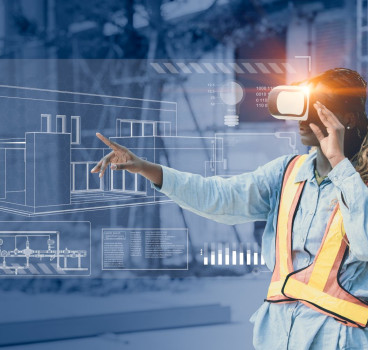How foundation sensors are revolutionising construction
From high rise skyscrapers in New York to earthquake-prone developments in Japan, foundation sensors are becoming an essential part of modern infrastructure. These small but powerful devices are embedded in the very bones of a building, continuously collecting data on stress levels, temperature changes and ground movement. Originally introduced in high-risk zones to prevent catastrophic collapses, they are now gaining widespread adoption in everything from commercial buildings to smart homes, writes John Ridgeway.
The technology is not new. The concept of monitoring structural integrity dates back to the early 20th century, when in 1934, Professor Lydik Jacobsen and his student John Blume developed the first field instrument to measure the strong shaking of structures. This marked a significant advancement in structural health monitoring (SHM), laying the groundwork for modern foundation sensors.
By the 1970s, with advancements in sensor technology and computing power, early versions of electronic strain gauges and tilt meters were deployed in critical infrastructure projects, such as bridges and high-rise buildings. The development of wireless sensor networks (WSNs) in the late 1990s further revolutionised SHM, allowing for real-time data collection and analysis.
Today, Internet of Things (IoT)-enabled sensors, artificial intelligence (AI)-driven analytics, and machine learning algorithms are used to enhance the accuracy and effectiveness of foundation monitoring systems. These technologies continue to shape the future of the construction industry.
There are several different types of foundation sensors, used to monitor various aspects of a building’s structural health. Displacement sensors measure movement in the foundation, including settlement, lateral shifts and expansion or contraction. Tilt sensors detect angular changes in the foundation, indicating uneven settling that could lead to structural instability. These are seen alongside strain gauges which measure stress within foundation materials to identify cracks or deformations before they become severe.
Vibration sensors are used to monitor seismic activity or vibrations from nearby construction that may impact the foundation. Moisture sensors detect changes in soil moisture levels, which can cause soil expansion or contraction, leading to foundation instability and load sensors measure weight distribution and pressure on foundation elements to ensure even load-bearing. Each of these sensors plays a crucial role in ensuring that structures remain safe, particularly in areas prone to seismic activity, heavy rainfall, or unstable soil conditions.
Historic applications
While foundation sensors are primarily used in construction and civil engineering, they also have applications in other areas. They are commonly used in historic preservation where they are utilised to monitor the structural stability of ancient buildings, helping to prevent deterioration and collapse.
Bridges, tunnels and dams benefit from foundation sensors that detect shifts and stress before major failures occur. Wind turbines and offshore platforms also require constant monitoring to ensure that foundation stability is maintained against environmental forces.
Integrated into IoT networks, foundation sensors provide real-time data for urban planning and safety assessments. Underground structures and drilling platforms also rely on foundation sensors to detect potential hazards such as ground movement or subsidence.
All this means that the global adoption of foundation sensors has grown significantly due to increased urbanisation, climate change concerns and the need for disaster resilience. The United States and Canada have stringent building codes requiring seismic monitoring and real-time structural health analysis, making foundation sensors a crucial tool. Many European countries are also prioritising historic preservation, leading to widespread use of SHM systems in older buildings and landmarks.
Rapid urbanisation, particularly in China and India, has led to increased investments in smart infrastructure and sensor-based building technologies and in the Middle East and Africa – foundation sensors play a key role in desert construction, where soil conditions and temperature fluctuations can significantly impact building stability.
According to Grand View Research, the global smart building market, which includes foundation sensors, was valued at $108 billion in 2023 and is expected to grow at a CAGR of 28.5% from 2024 to 2030. This growth is driven by IoT integration, AI analytics and the increasing need for sustainable infrastructure.
The future of foundation sensors
This growth is happening due to several technological trends, that are shaping the future of foundation sensors. AI-powered analytics are transforming foundation monitoring. Machine learning algorithms can predict potential structural failures by analysing historical data, enabling proactive maintenance rather than reactive repairs.
Advancements in wireless technology are also allowing sensors to communicate data to cloud-based platforms in real time. Engineers can monitor structures remotely, reducing the need for on-site inspections.
In addition, research is underway into smart materials that integrate sensors within the foundation itself. Some concrete mixtures are being designed to self-heal minor cracks, reducing the need for frequent maintenance.
As sensor technology becomes more affordable, it is expected that even smaller residential buildings will integrate foundation monitoring systems, making structural health monitoring accessible to homeowners.

However, despite its benefits, the widespread adoption of foundation sensors faces several challenges. The large volume of data generated by sensors requires robust data management systems and skilled analysts. Different manufacturers also use proprietary technologies, leading to compatibility issues across monitoring systems.
Furthermore, with more sensors connected to the internet, protection against cyber threats is becoming a growing concern. The construction industry also lacks sufficient experts trained to interpret sensor data and apply it effectively. That said, they are being increasingly used across the world.
Real-world impact of foundation sensors
The Tokyo Skytree, one of the tallest structures in the world, incorporates advanced seismic foundation sensors. These sensors detect minor shifts and vibrations, helping engineers make adjustments to maintain the tower’s stability in an earthquake-prone region.
The Millennium Tower in San Francisco faced significant foundation settlement issues, sinking over 17 inches since its completion in 2009. Foundation sensors were deployed to monitor continued movement, leading to an ongoing $100 million stabilisation project.
The Cologne Cathedral in Germany and Notre Dame in France have integrated foundation sensors to monitor structural stability. These sensors track environmental changes, vibrations from tourism and the impact of restoration work.
There is no doubt that foundation sensors have revolutionised how we monitor and maintain the structural integrity of buildings and infrastructure. From their early inception to their modern applications across various industries, these advanced monitoring systems play a crucial role in ensuring safety, longevity and cost efficiency.
As technology advances, foundation sensors will continue to expand their role in predictive maintenance, smart city planning and disaster resilience. Their potential applications also go beyond traditional construction, with the potential for space exploration, underwater structures and bio-integrated monitoring - making them a vital innovation for the future of engineering.
For construction professionals, engineers and policymakers, adopting sensor-based monitoring systems is no longer an option - it is a necessity for building a safer, smarter and more sustainable world.
Your company can be featured in our global news feed - just click Hubbub
Additional Blogs

What the UK can learn from global construction tech leaders
The UK construction sector stands at a critical crossroads. Mounting pressures - stagnant productivity, acute labour shortages, tightening safety requirements, ambitious carbon-reduction targets and...
Read moreAre architects losing their influence in the digital era?
For decades, architects have been the central creative force in construction, shaping the buildings we see and the way projects are conceived, communicated and delivered. Their role has been...
Read more

Why the word “Innovation” has lost its meaning in construction
“Innovation” has become one of the most overused terms in construction. It appears in the dozens of press releases we receive each day, conference talks and project reports, often without any real...
Read more